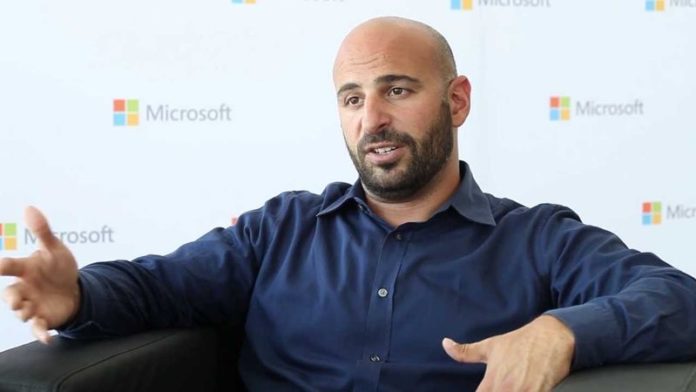Adam Pisoni dropped out of college when he was 19 years old in 1995 and went to Los Angeles to start a web-design business that would become Cnation. The company generated $2 million in revenue and had 30 employees but was shut down due to the bursting of the dotcom bubble. Confidence is what gave Pisoni the push to start Cnation, but after that venture failed, Pisoni’s outlook in regards to success was more sceptical. This confidence-doubt combination is what drove him straight into a $1.2 billion exit deal when he sold Yammer, a venture he was the co-founder and leader of, 11 years later.
His journey towards Yammer started in 2007 when he became a part of Geni with David Sacks, who was PayPal’s early employee and had powerful contacts that were crucial for raising funds. David told Adam that he wanted to launch Yammer, an enterprise version of Facebook meant for communication within an organisation. Sacks wanted Pisoni to be the CTO (Chief Technology Officer) and co-founder of this exciting new venture. This was an offer Pisoni could not refuse.
Growth was not something that came to Yammer instantly, but Pisoni and his confidence kept his team going. With every success that the team achieved, Adam Pisoni became more sceptical and humble, even when he became the leader of Yammer. His team’s approach to success was contrarian and hypothesis-driven approach – every effort they made was considered experimental. This allowed him to change Yammer’s tactics quickly when the situation called for it.
To increase its chances of finding talent, Sacks moved Yammer to San Francisco from Los Angeles in 2010. Yammer staff even brought its ritual of “shipping the product” to San Francisco. This tradition was about launching new features and software updates every Friday night with a bang – something that Yammer employees looked forward to.
In just a couple of years after launch, Yammer would outperform small and mid-sized businesses and be in competition with major tech companies in America. Every six months, Yammer would be in discussions with big companies that wanted to acquire it. Pisoni and Sacks were eventually approached by Microsoft, but the two didn’t take the tech giant seriously at first. When Microsoft made a compelling case that Yammer’s vision was important to them as well and that they will preserve it, Sacks, Pisoni and Mark Woolway, Yammer CFO, agreed to discuss the matter.
Yammer was acquired by Microsoft for $1.2 billion. Microsoft announced the acquisition on 25 June 2012. Even though Pisoni felt like he let a lot of people at Yammer down at the time, he believed that he made the right choice. He stayed as an executive at Microsoft until late 2014.
When he left Microsoft in 2014, Pisoni started researching education in America for the launch of his current company called Abl (which is pronounced as “able”) Schools. This software helps school administrators with scheduling and staffing, allowing them to come up with a new instructional approach and visualize what resources are needed and what the schedules will look like.
The funding for Abl reached $4.5 million in January.




